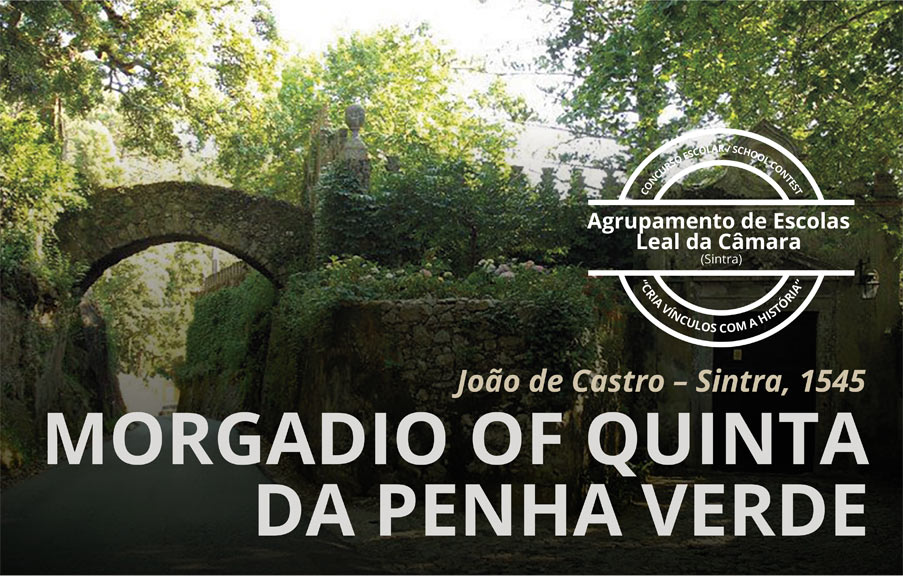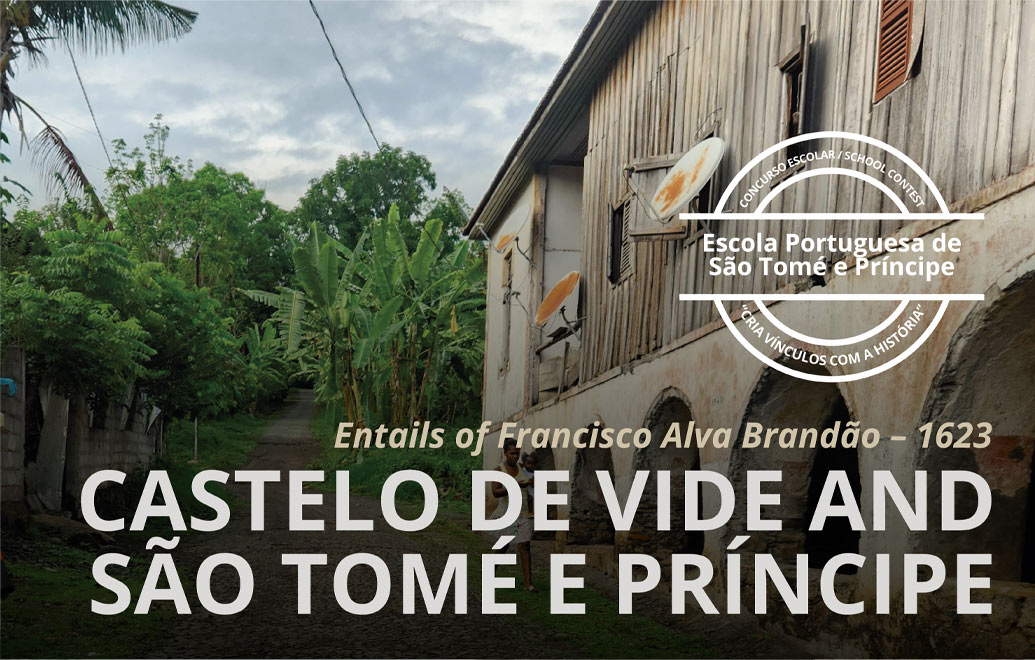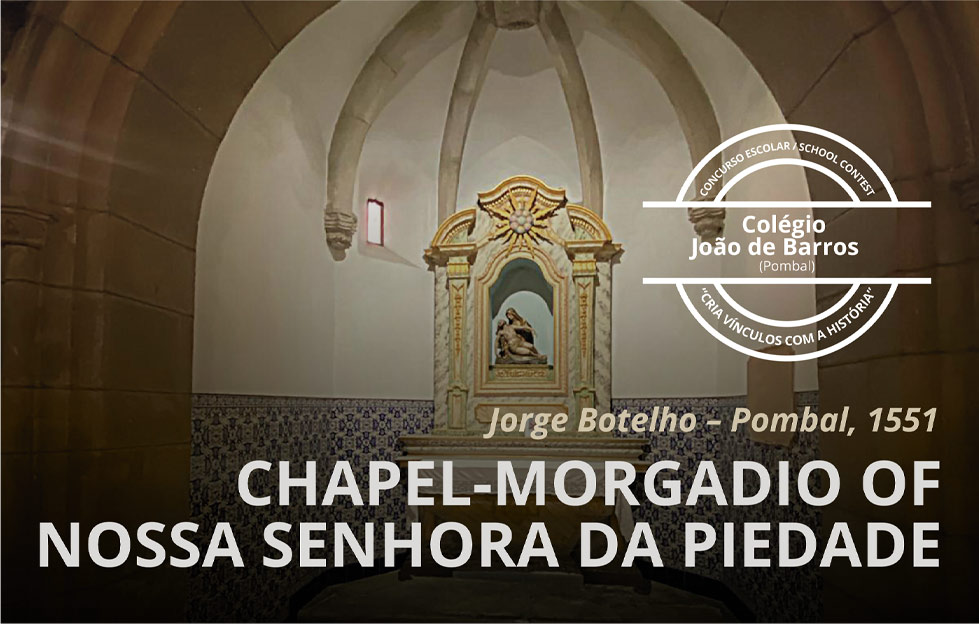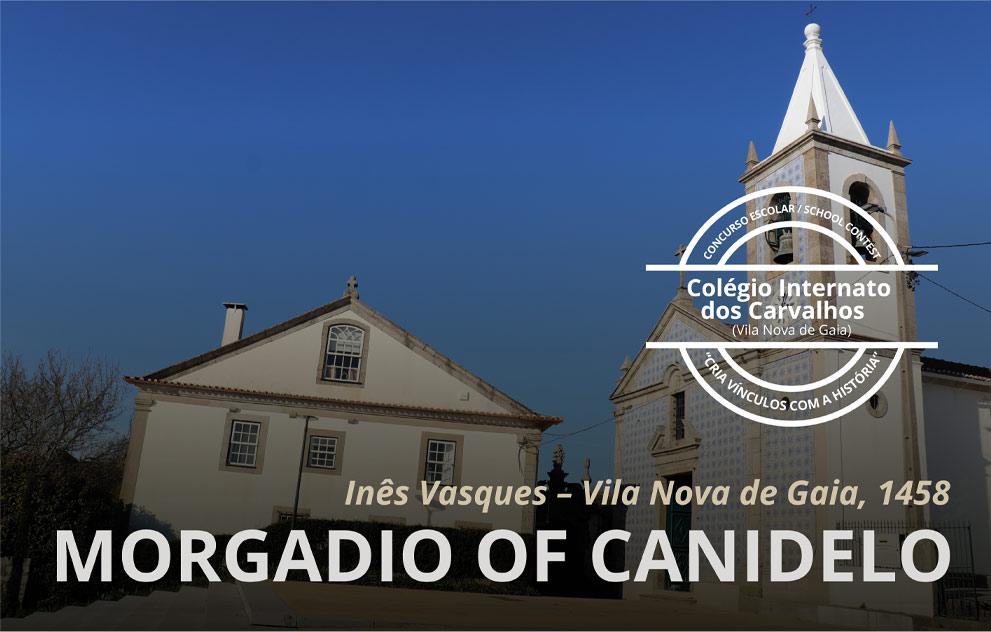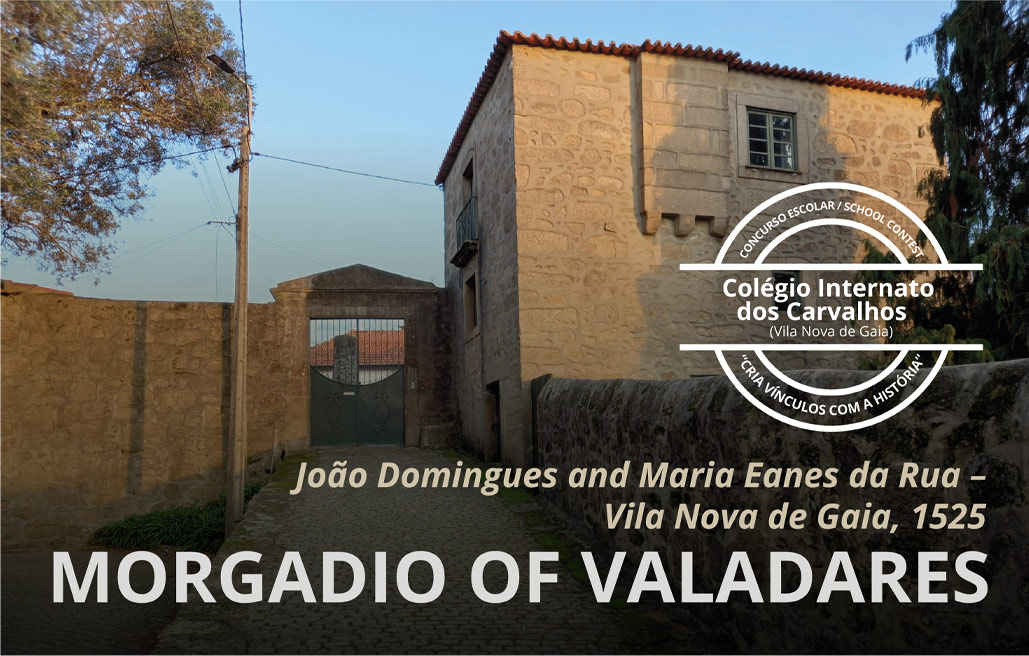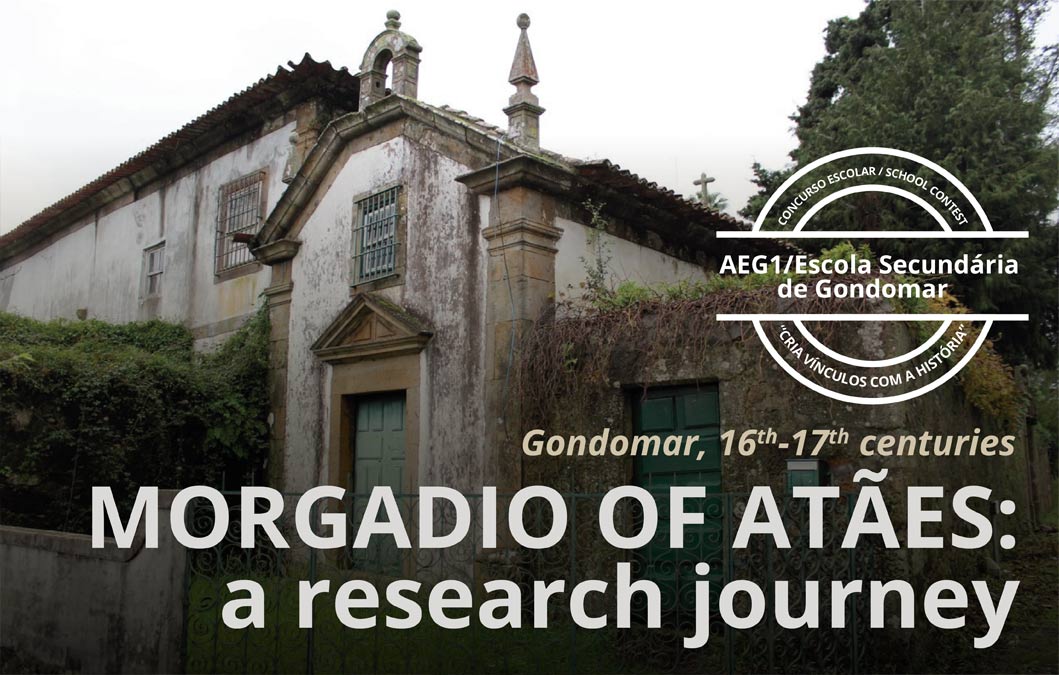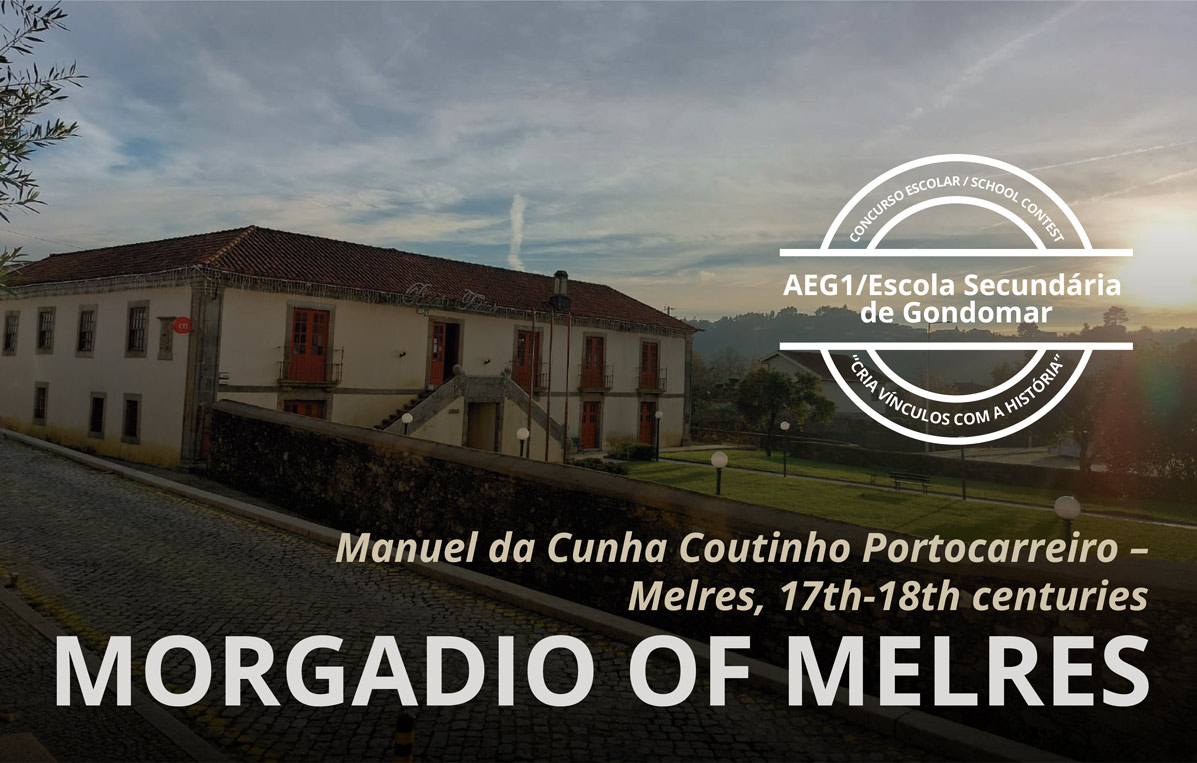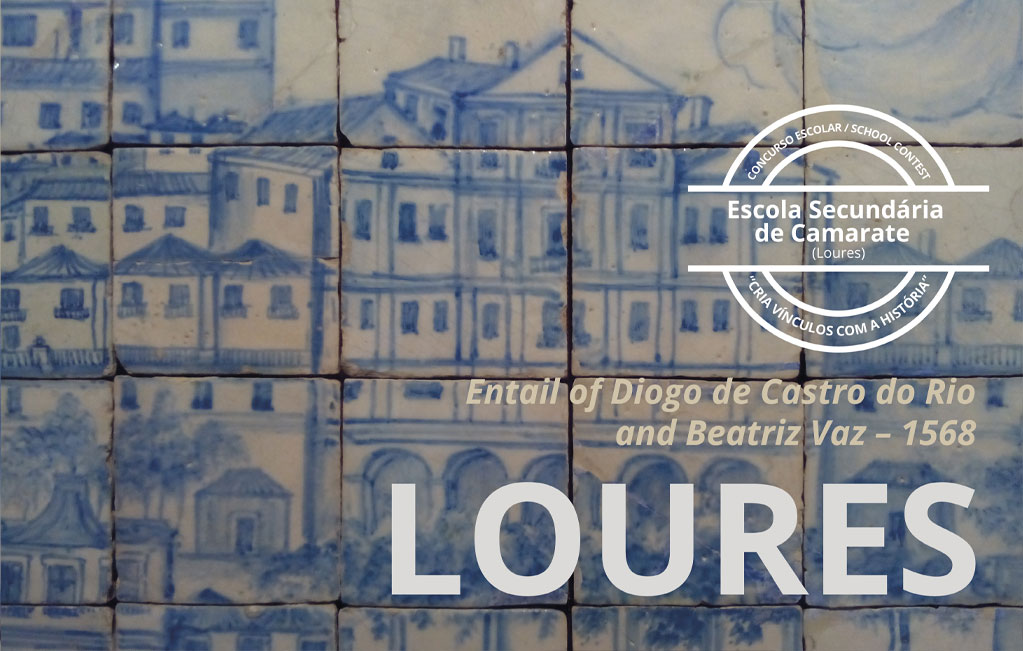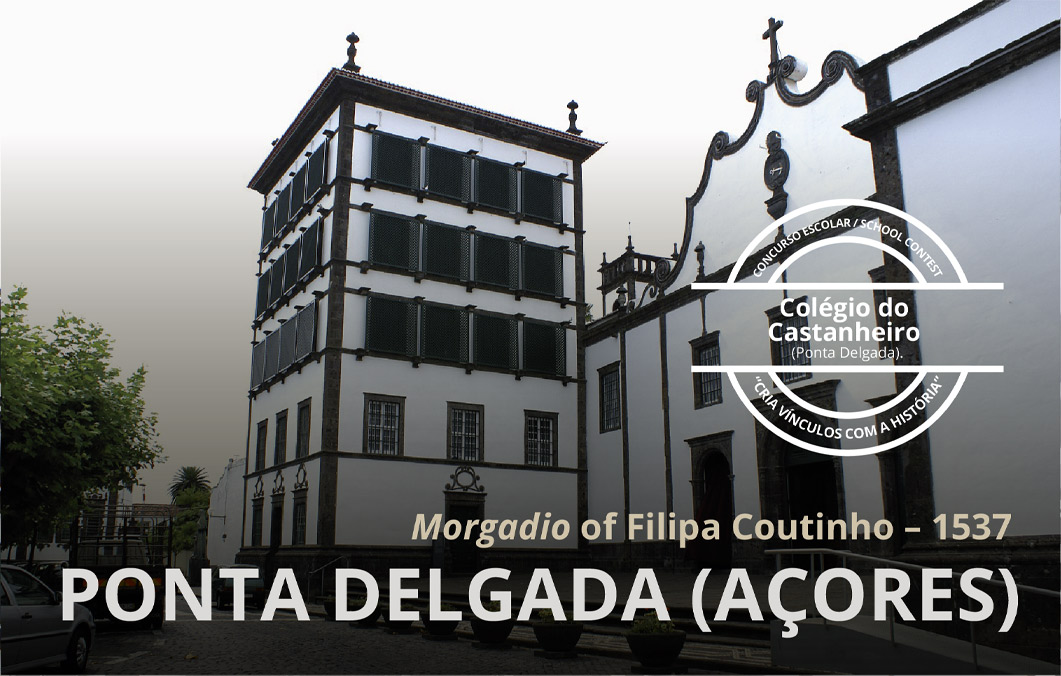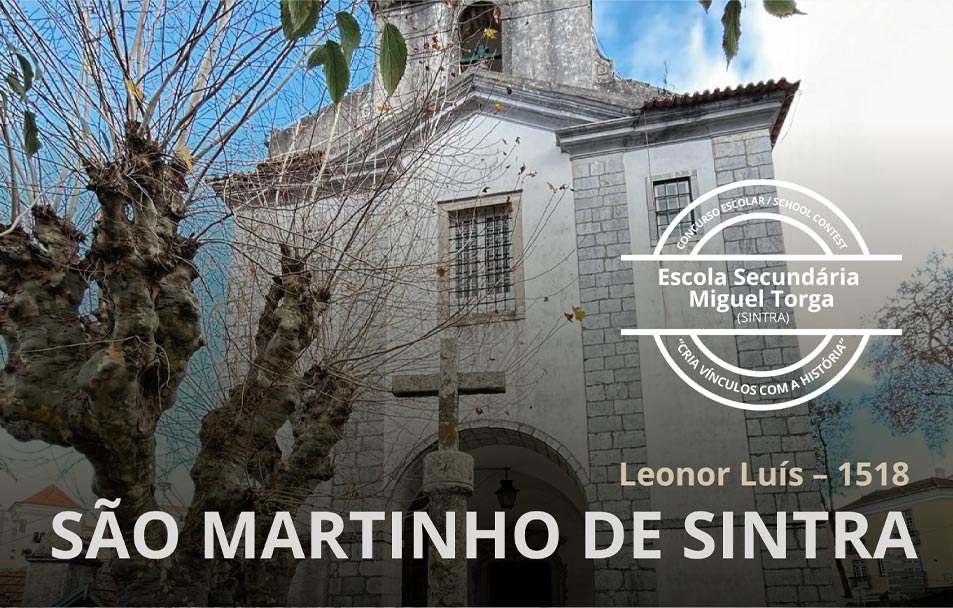Entail of the month (April, 2023)
Chapel of São Bernardo and morgadio of quinta da Cerca, Guimarães de Tavares
Francisco João Henriques and Catarina do Amaral Cabral, 1662
In 1863 João Cabral Tavares Soares de Albergaria registered with the Civil Government of Viseu the entails of his house, including the chapel established by his great-great-grandparents, Francisco João Henriques and Catarina do Amaral Cabral. The chapel of São Bernardo (Saint Bernard), at Quinta da Cerca in Guimarães de Tavares, came to him intact, enhanced by his great-great-uncles, Pedro Henriques Cabral (1672) and Domingos do Amaral Cabral (1682), both clerics, and by his great-great-grandfather, Manuel do Amaral Cabral (1692), whom his parents had appointed as the first administrator.
Casa da Cerca, Guimarães de Tavares.
Although the chapel was instituted by common will in 1662, only twenty years later the bodies of the founders were placed there (ADV – Governo Civil, Registo Vincular, lv. 6, fls. 38-38v). In fact, the founders determined that their bodies would be buried in the main church of Santa Maria das Chãs until they could be transferred to the chapel they wanted to build next to the house where they lived. This chapel was to be dedicated to São Bernardo, the saint of their particular devotion, and was to have an altarpiece with the specific miracle in which Christ throws blood from the wound in his chest. In the middle of the chapel should be the tomb with the respective grave, where their bodies and those of future administrators would be laid to rest. Six masses should be prayed for their souls every year, one on the day of São Bernardo and the rest throughout the year, giving preference to feast days (*) (ADV – Governo Civil, Registo Vincular, lv. 6, fl. 33v). To fulfill the obligations of the chapel, the respective terças (third part of the inheritance) were named, identifying the immovable assets that should support the charges.
In 1672, Father Pedro Henriques Cabral, abbot of Soito Maior, donates assets to the chapel established by his parents, already administered by his brother Manuel do Amaral Cabral, adding six masses to the respective obligations. The same will be done in 1682 by another brother of the adminsitrator, Father Domingos do Amaral Cabral, abbot of São Bartolomeu de Vila Flor, who not only entailed to the chapel the immovable assets of his patrimony, but also a series of deeds of interest. Part of the income from the interest should be used every year to invest in other interest or in equivalent immovable assets, so that the income of the chapel would always increase. Through this donation he intended that every sunday and holy days there would be mass in the chapel, including in this obligation the masses already determined in previous donations, adding four more masses for the souls of his deceased; as soon as he died, two thousand masses should be said for his soul within two years (ADV – Governo Civil, Registo Vincular, lv. 6, fls. 39-39v).
Portrait of Fr. Teodoro do Amaral.
Finally, by testament of 1692, the first administrator, Manuel do Amaral Cabral, professed knight in the Order of Christ, major-captain and judge of the orphans in Tavares county, added his terça to the chapel-morgadio established by his parents, conforming in everything to the clauses and conditions of the first institution and ordering that twenty masses for his soul be said annually in the chapel of São Bernardo (ADV – Governo Civil, Registo Vincular, lv. 6, fl. 30).
Altarpiece of the main altar of the chapel of São Bernardo.
The founders will precisely determine the form of succession that should be ensured, whenever possible, by the first-born male line, which, not being very common, came to happen until the date of extinction of the morgadios in 1863. When they wrote the will, the couple had ten children, of whom six of the men would be clerics, regular and secular, and two of the girls nuns. Their descendants were therefore ensured only by Manuel do Amaral Cabral and his sister Maria do Amaral Cabral, whose branches would be united by the marriage of Manuel Bernardo Cabral Soares de Albergaria, grandson of Manuel, with Maria Cabral de Sousa, granddaughter of Maria (ABRANCHES, 1961).
The various members of the Cabral Soares de Albergaria family, heirs to the chapel-morgadio, never stopped living in their homestead at Cerca. The house remains intact today with the chapel next door containing the tomb of the founders and the floor grave of Father Teodoro do Amaral, son of the founders, who was “Theology lens and rector of the University of Coimbra” (ABRANCHES, 1961). As determined, the main altar displays an altarpiece evocative of São Bernardo and outside the chapel can be seen the coat of arms of the Henriques do Amaral Cabral.
Portrait of Manuel do Amaral Cabral.
Today, and always owned by the same family, events are held at the Quinta da Cerca, with its privileged position facing the Serra da Estrela (https://quintadacerca.pt/). We should add, as a curious note, that Guimarães de Tavares disputes Guimarães do Minho’s privilege of having been the birthplace of Gil Vicente, a famous Portuguese playwright and poet born in the late fifteenth century. The Quinta da Cerca has the “Espaço Gil Vicente” dedicated to the author and his theater, which includes a specific library. It was there that the work by António Fortes, Gil Vicente nasceu em Guimarães de Tavares (Gil Vicente was born in Guimarães de Tavares), was recently launched (FORTES, 2023).
Margarida Leme, in collaboration with Quinta da Cerca.
Coordination: Maria de Lurdes Rosa
(*) “[…] nossos corpos serão enterrados na igreja matriz de Santa Maria das Chãs até que haja comodidade de se trasladarem seus ossos para a capela que queremos instituir será da invocação do glorioso São Bernardo, com o painel daquele milagre em tempo que lhe lançou sangue do lado; far-se-á em um lado da igreja das Chãs ou junto às casas onde vivem[os] em Guimarães e no meio uma sepultura com sua campa onde se depositarão os ossos de nossos corpos e se poderá enterrar o administrador e seus filhos e nela se dirão cada um ano seis missas, uma dia de São Bernardo, as mais pelo discurso do ano e quando for possível nas principais festas do ano […]”
[A ortografia do século XIX foi atualizada.]
Sources and bibliography
ARQUIVO DISTRITAL DE VISEU (ADV) – Governo Civil, Registo Vincular, lv.6, fls. 29-40v.
ABRANCHES, Silvério – Quinta do Bem-Viver, hoje Quinta da Cerca. Separata da Revista “Beira-Alta”, Viseu, 1961.
FORTES, António – Gil Vicente nasceu em Guimarães de Tavares, Ed. do Autor, 2023.
Other entails of the month



